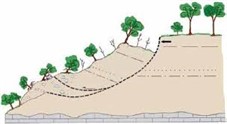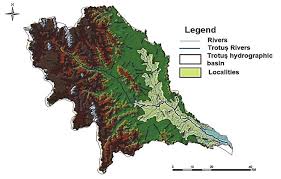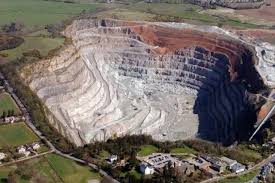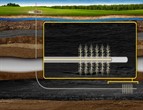ENVIRONMENTAL GEOLOGY
 The objectives of ENVIRONMENTAL GEOLOGY are geological processes and anthropogenic activities that alter the geological environment. Knowing the history of geological processes is fundamental to assessing the current changes in the geological environment and the forecast of its changes Geological processes that influence the environment can be separated according to the energy that triggers them in two categories (Guide for Environmental Geology):
The objectives of ENVIRONMENTAL GEOLOGY are geological processes and anthropogenic activities that alter the geological environment. Knowing the history of geological processes is fundamental to assessing the current changes in the geological environment and the forecast of its changes Geological processes that influence the environment can be separated according to the energy that triggers them in two categories (Guide for Environmental Geology):
- internal (sustained by the internal energy of the earth): earthquakes and volcanoes
- external (solar powered): erosion, landslide, etc.
SEMINAR SUPPORT
REFERENCES for:
LAND: support of life (Landslide vulnerability)
- Lithological map (Ka)
- Geomorphological map (Kb)
- Structural map (Kc)
- Hydrologic and climatic (Kd)
- Hydrogeological (Ke)
- Seismic map (Kf)
- Forestry map (Kg)
- Anthropic map (Kh)
WATER: esence of life (Flood forecast)

- Drainage bazin
- Factors of aquifers recharges
- Evapotranspiration
- Total flow (surface and underground flow)
- Infiltration
- Parameters of total flow
MAN: the use of natural resources (Impact of anthropic activities)

